The rise and fall of the MPV
Who invented the MPV largely depends on where in the world you pose this question, but the multi-purpose vehicle took root in 1983. This is when Plymouth in the US revealed its Grand Voyager, while in Japan Honda, Mitsubishi and Nissan were all launching their takes on this new, family-sized category.
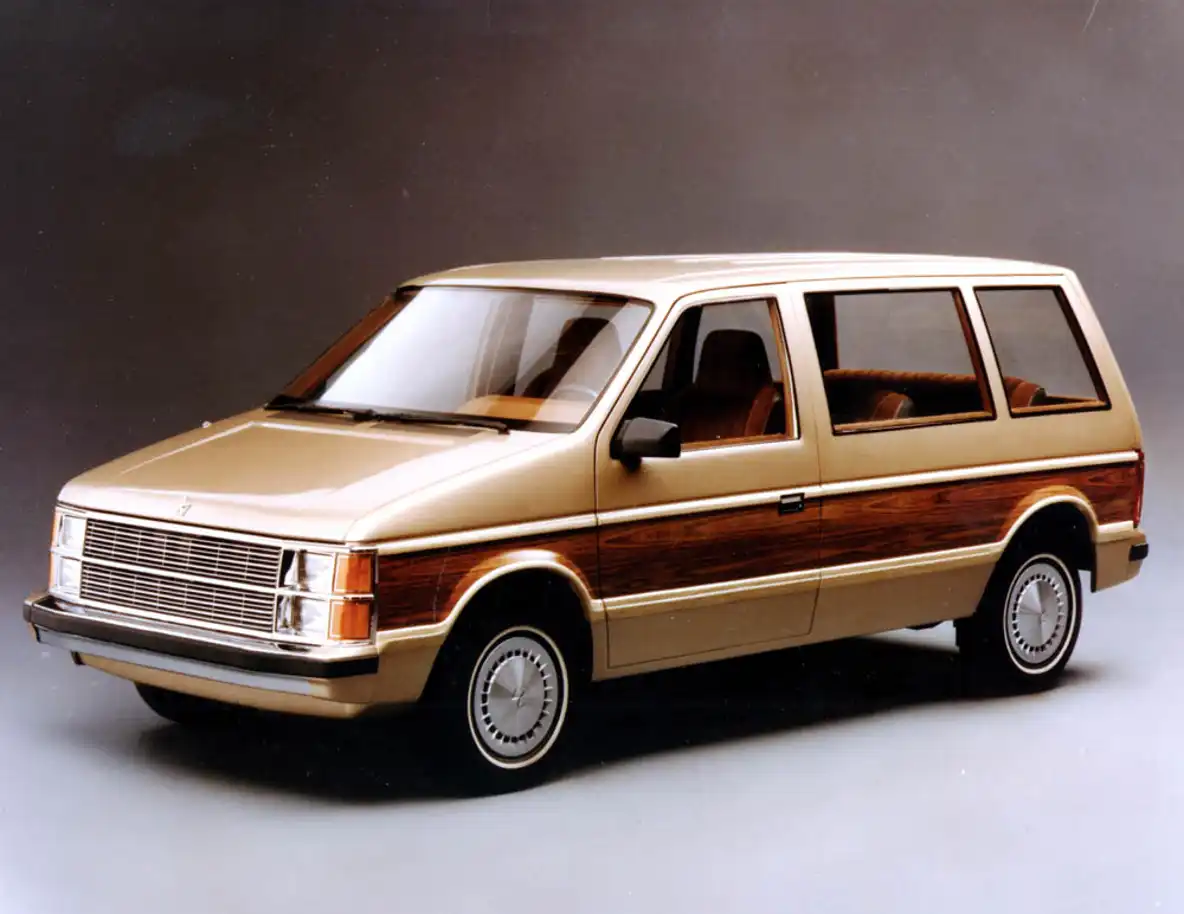
Over in Europe, it took a tad longer for the Renault Espace to arrive on the scene, but when it did in 1984, it made most of its rivals look a bit half-baked. The reason for this was not only had Renault grasped that most buyers wanted something with a footprint no bigger than the average family hatch, but they also wanted a car with far greater versatility. The Espace delivered this in spades, even if you had to pay extra to enjoy some of its more flexible features like seven seats.
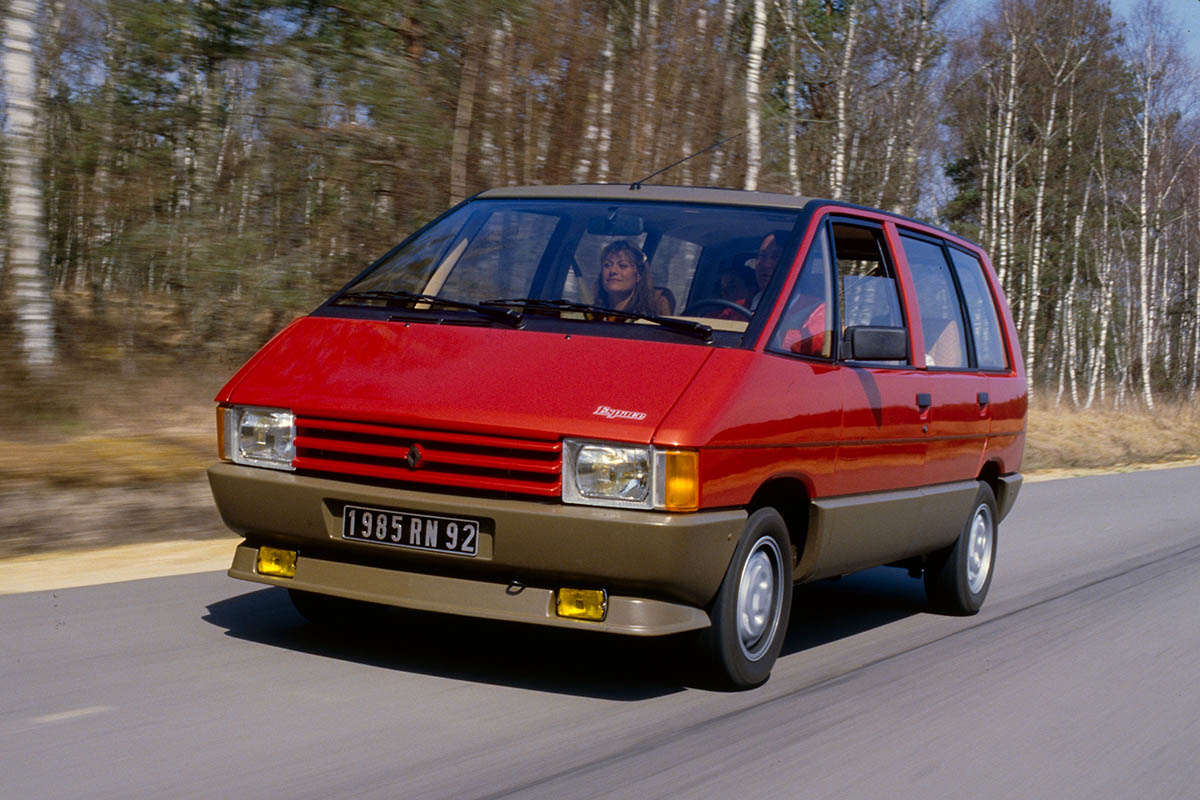
Back in the US, the minivan had been around since the 1930s as a vehicle type and had a steady customer base who needed the vast space and plenty of seats provided. However, the ‘van’ part of this class tells us these vehicles were based on utility chassis and came with all the underwhelming driving dynamics that entailed. Plymouth had spotted the same need as Renault and its Grand Voyager quickly took the market by storm.
Over the years, the Grand Voyager morphed into a Chrysler model, as well as the Dodge Caravan. It set the template for MPVs in the US which persists to this day. They are larger than most MPVs sold in Europe and often come with luxuriously appointed cabins. This is something that’s only just catching on in Europe with the arrival of the Lexus LM and potentially the Volvo EM90, which both prove there is still some life left in the MPV yet as an alternative to a limousine.
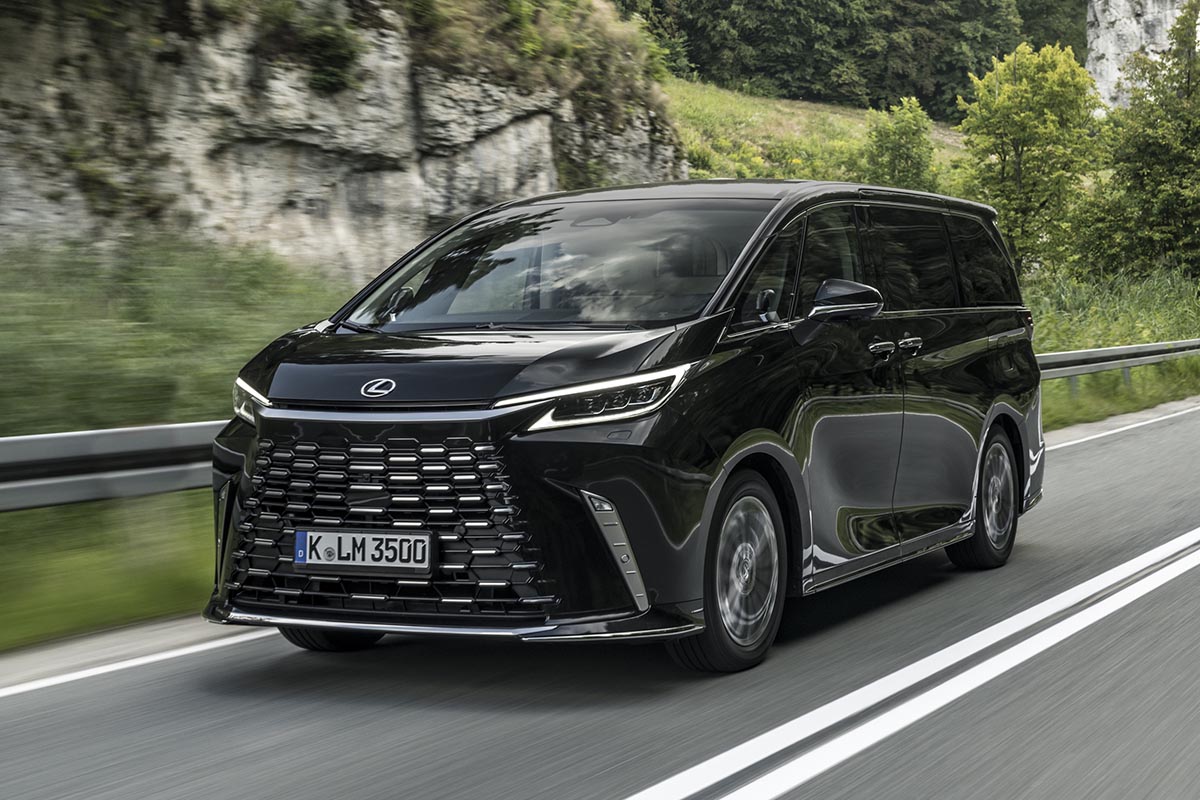
Back in the 1980s, the MPV was on the rise and Renault had competition from the likes of the Mitsubishi Space Shuttle, Nissan Prairie, and Toyota Space Cruiser. Yet there was no apparent reaction from the big European car companies beyond Renault other than offering seven-seat estate models. The first signs that someone had sat up and taken notice in the design offices of Europe was when Land Rover introduced its all-new Discovery in 1989, and it could never be described as an MPV with its separate chassis and four-wheel drive. However, the Sir Terence Conran interior design offered up to seven seats and more practicality than other 4x4s could muster at this point.
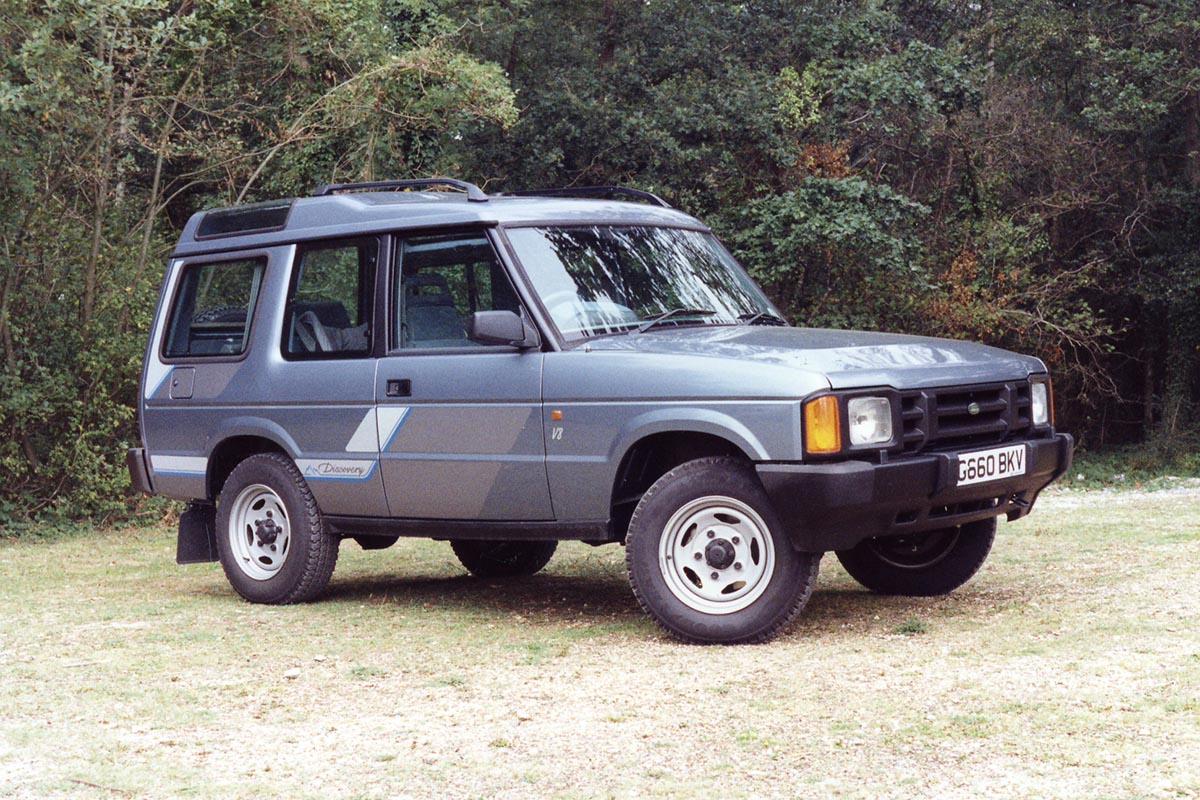
As more families cottoned on to the flexibility of MPVs with room for the kids in up to three rows, other car makers started to wake up. It also helped that drivers now wanted more diversity than the traditional three-box saloon, hatch, or estate fodder they had been fed for decades. The 1980s were a time for bold change and having a family was not going to stop plenty of people looking for a new car. Company car lists also allowed many drivers to opt for something beyond a Ford Sierra or Vauxhall Cavalier.
The 1990s saw a sharp rise in MPV sales that made them a very real threat to the small and medium family car sectors. This is what made Toyota introduce the Previa in 1990 as a reaction to the Espace, yet it took a pair of alliances to really expand the market. Citroen/Fiat/Peugeot introduced the Synergie/Ulysse/806 respectively in 1994, while in 1995 a Ford/SEAT/Volkswagen alliance brought along the Galaxy/Alhambra/Sharan lines. When they did, the Espace took a knock, but Renault already had a generation’s experience and came back with a new Espace and then the even bigger Grand Espace; and it had another trick up its blouson – the Megane Scenic.
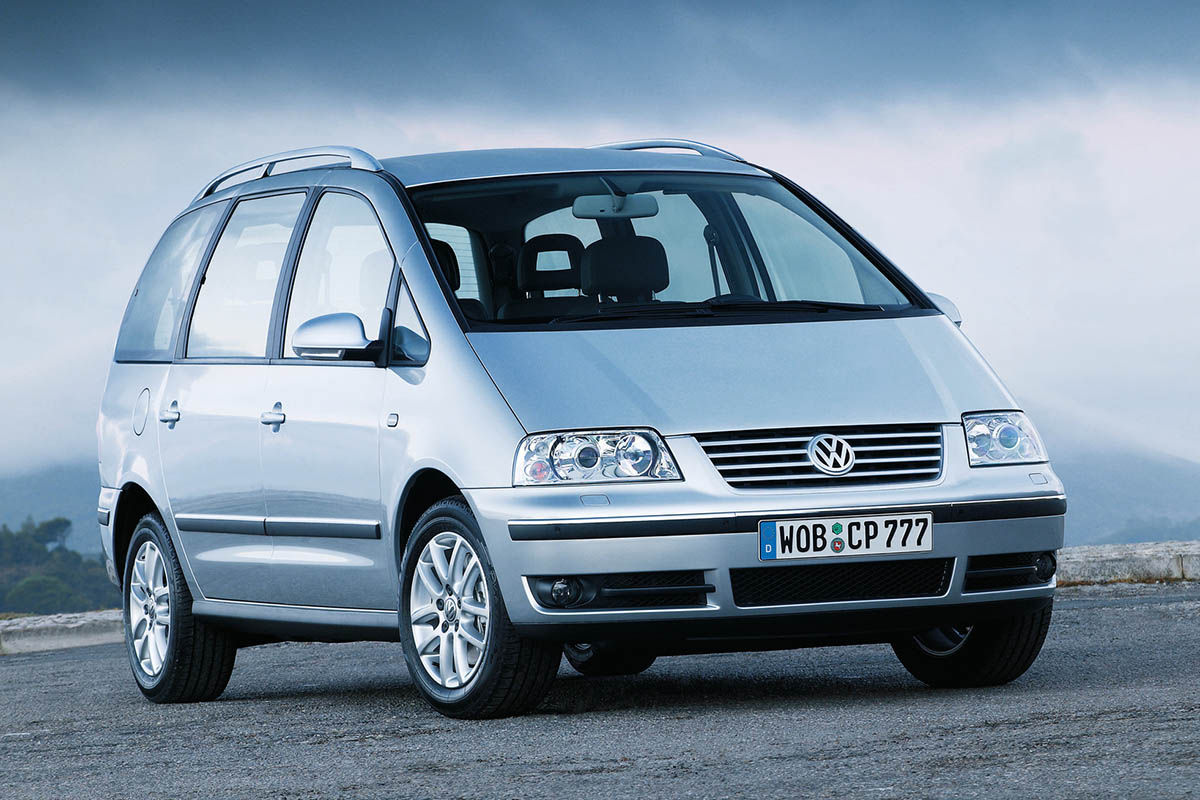
While everyone else was grappling to get on terms in the large MPV class, Renault wrong-footed everyone with the Scenic. It only had five seats, but they could fold in wondrous new ways and there was storage tucked in every corner, nook and cranny.
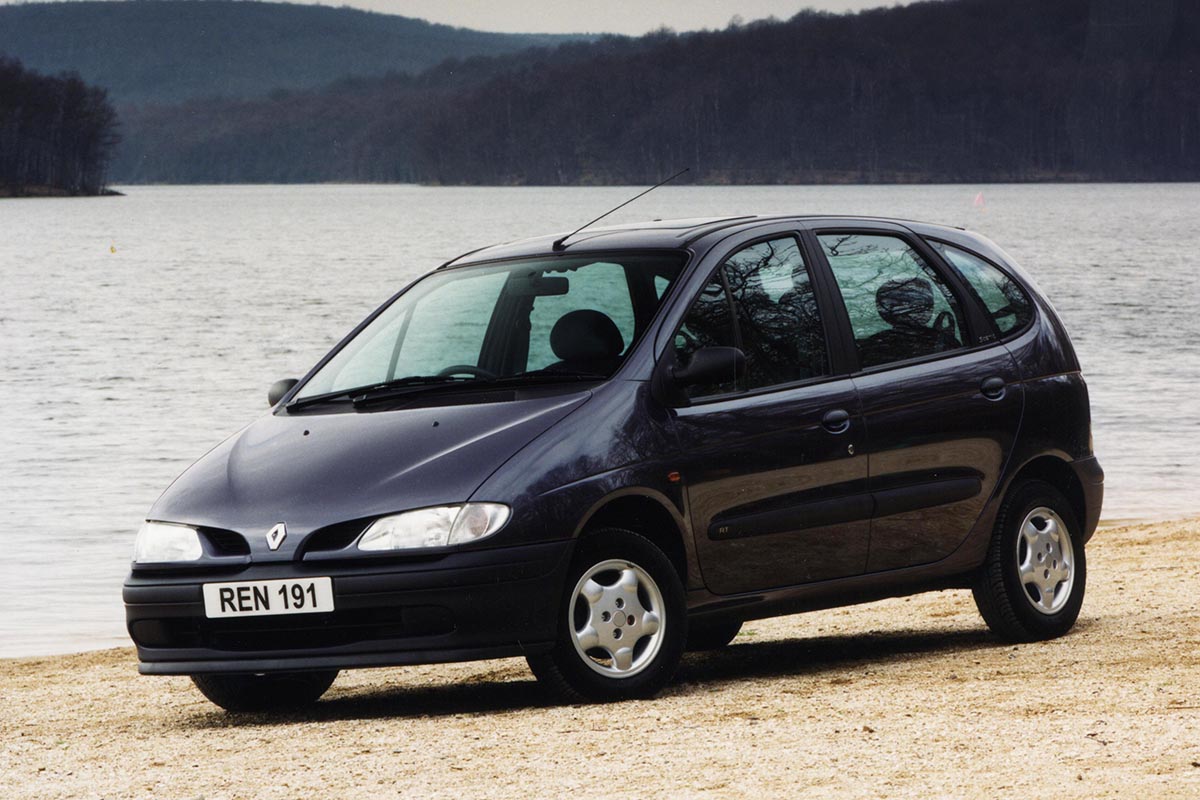
The Megane Scenic accelerated the rush for MPVs from every car maker. Many tried to outdo the Scenic, which brought about some clever new ideas – some of which caught on, while others… didn’t. The Fiat Multipla was in the latter category, which is a shame since its three-abreast, twin-row layout allowed seating for six, all in a compact vehicle. The styling hindered sales however, and the Multipla will go down in history as an ingenious, though ultimately unsuccessful, car. Similarly clever was Vauxhall with the seven-seat Zafira. With help from Porsche’s design department, the Zafira’s seats folded flat into the floor, so you didn’t need to remove them when you wanted to vary the cabin layout. This genius idea has become commonplace in today’s SUVs and it’s all down to the Zafira.
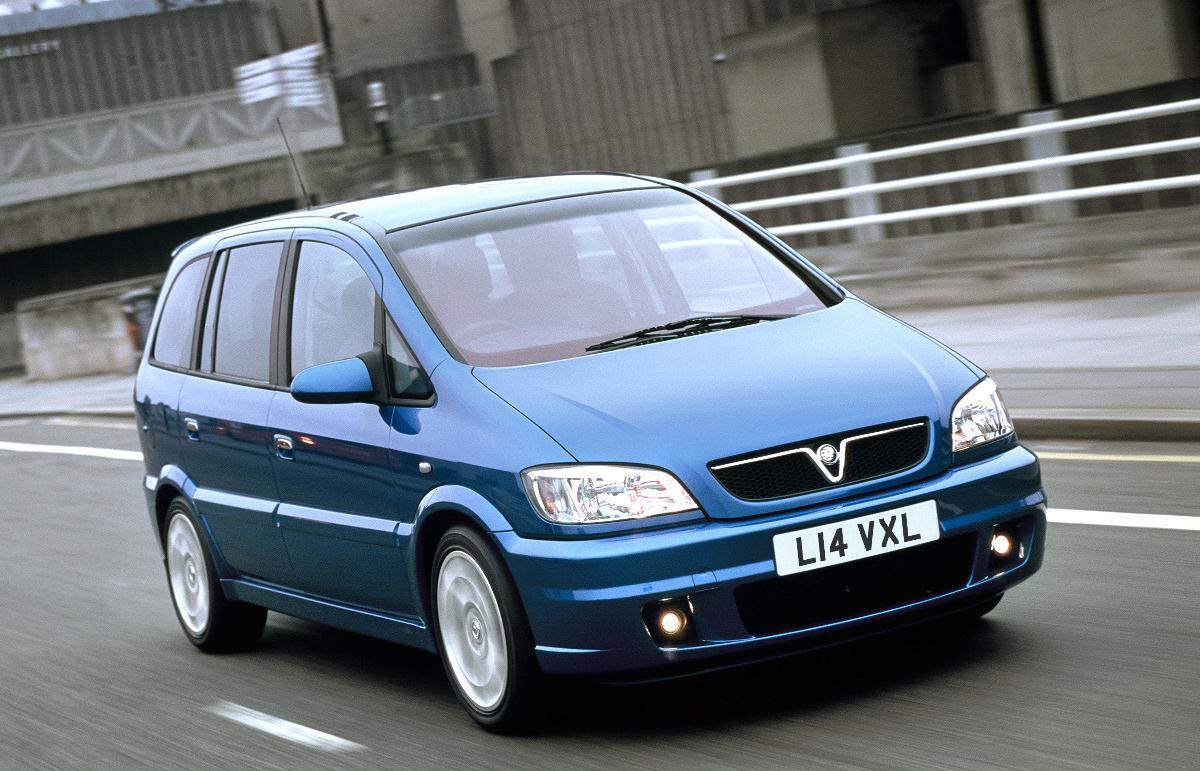
As the millennium dawned, the MPV was every bit as mainstream a class as the small hatch, executive saloon, or supermini. Yet clouds were gathering on the horizon and when Nissan introduced its Qashqai in 2007, the MPV was dealt a significant blow. Here was an affordable car with all the practical touches of an MPV but the style of a desirable SUV, which was a sector much in the ascendance then as now.
Not long after the Qashqai arrived, MPV sales peaked in 2009 in Europe and have been in rapid decline ever since. This is a combination of buyers choosing from a widening selection of SUVs and car makers abandoning MPVs in favour of SUV models – a chicken and egg conundrum.
As classic car fans, there are lessons to be learnt from the rise and fall of the MPV, but there are also cars from this segment that stand out as ones we can cherish. An original first-generation Renault Espace is still a brilliant family car and worth having if you can find one. The same goes for the Fiat Multipla that divides opinions with its looks, but peer beyond that and it is an example of crafty engineering. This is also true of the first Vauxhall Zafira, Renault Megane Scenic and Toyota Previa among others. They might not be the last word in driving dynamics, but they have earned their very functional corner in the classic car world.
What are your thoughts? Let us know in the comments below.

How frustrating it is that there aren't any decent sized family cars anymore. SUV with their over-sized wheels have taken over, making the space inside those cars disappear. If a revolutionary affordable car like the Renault Espace was comes along, it would find many takers.
Colin D, 25/03/2024
COMMENT